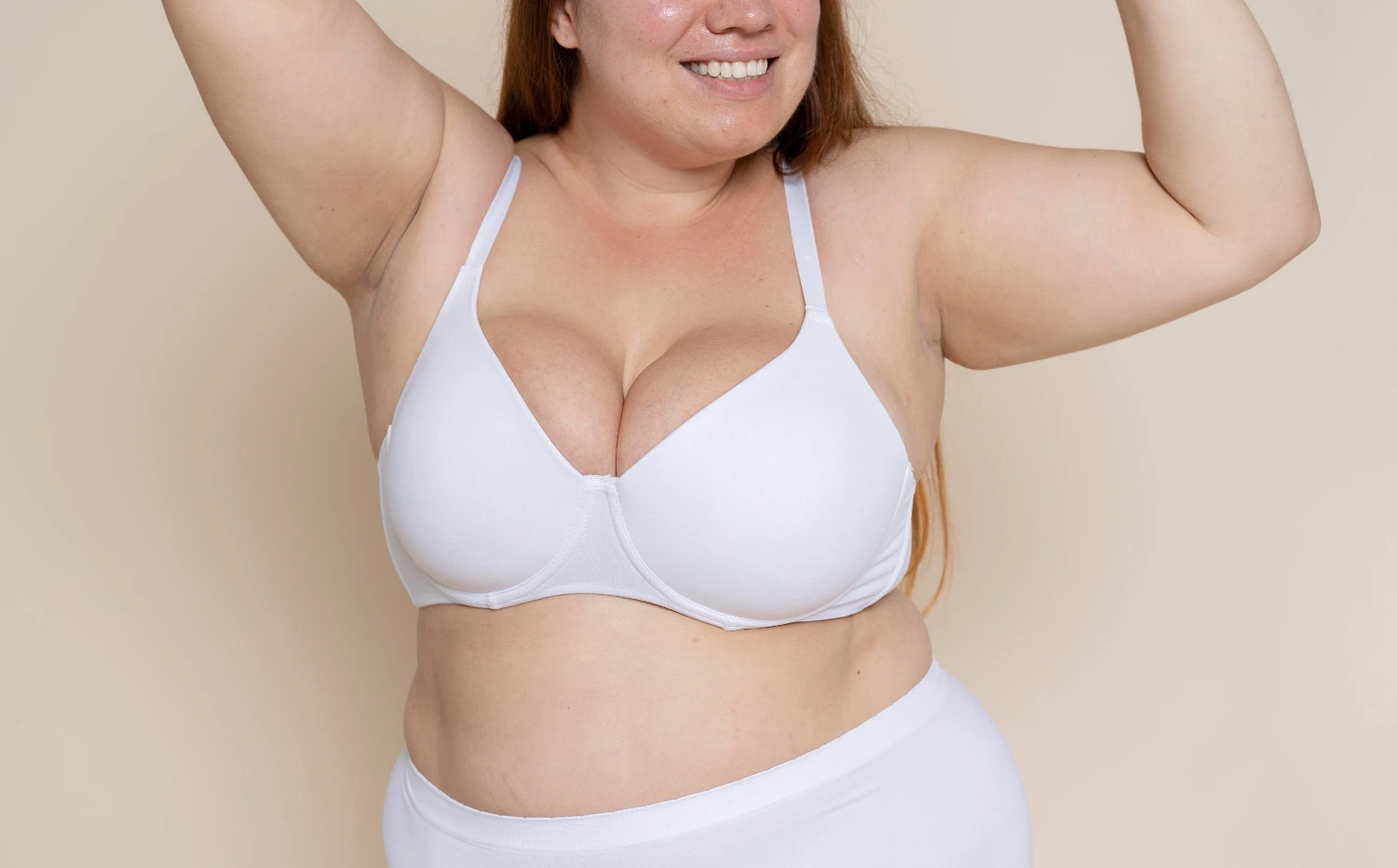FIND OUT IF BREAST REDUCTION SURGERY IS RIGHT FOR YOU
Today, there are surgeries to correct asymmetrical or sagging breasts, reduce or reshape the areola (the darker area surrounding the nipples), enhance volume, reduce size, and lift the breasts for a perkier look.
The possibilities are vast, allowing you to truly transform your body. However, the first step is to understand the most common medical terms we plastic surgeons use so we can speak the same language when you come in for a consultation.
This guide will help you discover everything breast surgery can do for you.
WHAT IS THE DIFFERENCE BETWEEN A MAMMOPLASTY AND A MASTOPEXY?
When we talk about breast augmentation, the precise term is “augmentation mammoplasty.” However, most people simply call it “breast implant surgery.”
On the other hand, mastopexy refers to surgery to lift the breasts. It doesn’t change the breast volume, just their position.
WHEN SHOULD I CONSIDER BREAST REDUCTION SURGERY?
Large breasts can cause both physical and psychological discomfort. Excess breast tissue can lead to poor posture and strain on the back muscles.
This often results in pain over time. Many of my patients report not only improved self-esteem after surgery but also a significant sense of relief.
I frequently see women in my plastic surgery practice wearing bra sizes 50 or 52 who wish to reduce to a size 42 or 44.
WHAT TYPE OF SCAR WILL I HAVE?
I always aim to use the smallest scar possible. After all, if a smaller incision can achieve the desired results, there’s no need for a larger scar.
For breast reduction surgery, there will typically be an inverted “T” scar, varying in size depending on the degree of breast sagging.
These scars are generally discreet, can be hidden, and often cause far less embarrassment than large breasts, which can be difficult to conceal. During consultations, I illustrate the different techniques to help patients understand their options.
CAN IMPLANTS BE USED IN BREAST REDUCTION SURGERY?
Yes, they can, as implants do not age. Let me explain further.
We can achieve excellent results with breast reduction surgery. However, over the years, natural aging of the skin and breast tissue may cause some sagging, especially if the skin is already prone to laxity.
WHAT ARE THE SURGEON’S RESPONSIBILITIES DURING THIS SURGERY?
There are several important details to consider during a breast reduction. For example, the areola size should always remain between 4 and 5 cm in diameter.
I always account for the patient’s height and shoulder width to determine the ideal areola size.
It’s crucial to note that the areola remains connected throughout the procedure, ensuring that breastfeeding is still possible and encouraged after the surgery.
Another key aspect is performing liposuction on the sides of the breasts. Some patients have fat deposits in this area that can affect the final result. Sculpting this area is essential to achieving the desired breast shape.
Finally, I prioritize using as many absorbable sutures as possible to minimize discomfort during stitch removal.
Dr. Alexandre Charão sees patients in Rio de Janeiro and Petrópolis. For more information, please get in touch.



